Flour is a staple ingredient for baking and cooking. When faced with the decision between bleached and unbleached flour, how do you know which one to buy?
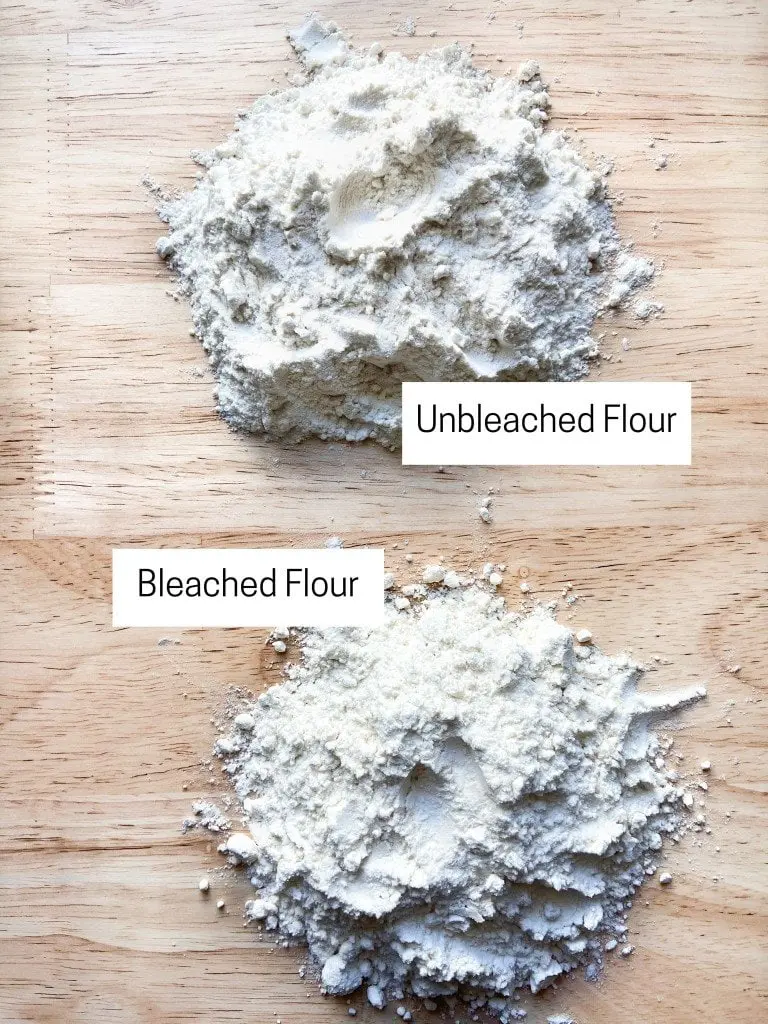
Flour is an important ingredient in baking and is used to make many different foods. For those reasons, it is a common pantry staple. These days, however, the variety of flours available on grocery store shelves continues to expand. What hasn’t changed, however, is the option of bleached versus unbleached flour. So, what sets these two types apart, and which one should you choose? Keep reading to find out.
Jump to:
The Difference Between Bleached and Unbleached Flour: Processing and Treatment
Technically, all flour is bleached and reduced to fine particles by grinding in a mill. But, it is the aging process that distinguishes bleached from unbleached flour. Unbleached flour bleaches as it ages. While bleached flour is treated with chemicals to hasten the aging process. Ultimately, the difference in the process means each type of flour has its own unique texture and flavor profile.
Although each flour's use in baking is essentially the same, the differences in texture and color between the two flours can alter the final product or baked good. That is why each flour may suit one baked good over the other.
Bleached Flour (Treated Flour)
Bleached flour is treated with chemical agents, such as benzoyl peroxide or potassium bromate, to speed its aging process. The expedited aging process impacts how the flour looks and feels (its texture). For example, bleached flour is generally brighter in color, and softer and lighter in texture. These characteristics are moderately reflected in the baked goods made from this type of flour.
Baking with Treated Flour
The unique characteristics of bleached flour make it a better option for recipes that are slightly brighter in appearance, softer in texture, or voluminous (bigger). This includes items such as pancakes, cookies, and muffins. As far as overall flavor, some have also reported that because of bleached flour's artificial treatment it tastes "chemically" or "bitter."
What can you make with treated flour? Try these recipes.
Unbleached Flour (Untreated Flour)
Unbleached flour undergoes a natural aging process. Unsurprisingly, the natural process takes longer and is more expensive. Indeed, bleached flour circumvented this long natural aging process. Without additional treatment, unbleached flour generally has an off-white coloring, less refined grain, and rougher texture.
Baking with Untreated Flour
Unbleached flour has characteristics that make it the best option for baked goods that require a strong base. For example, unbleached flour's texture is rougher and denser than bleached flour. That is why unbleached flour is a good ingredient to use in products that are reliant on a firm structure, such as bread, pastries, and desserts made from choux paste.
What can you make with untreated flour? Try these recipes.
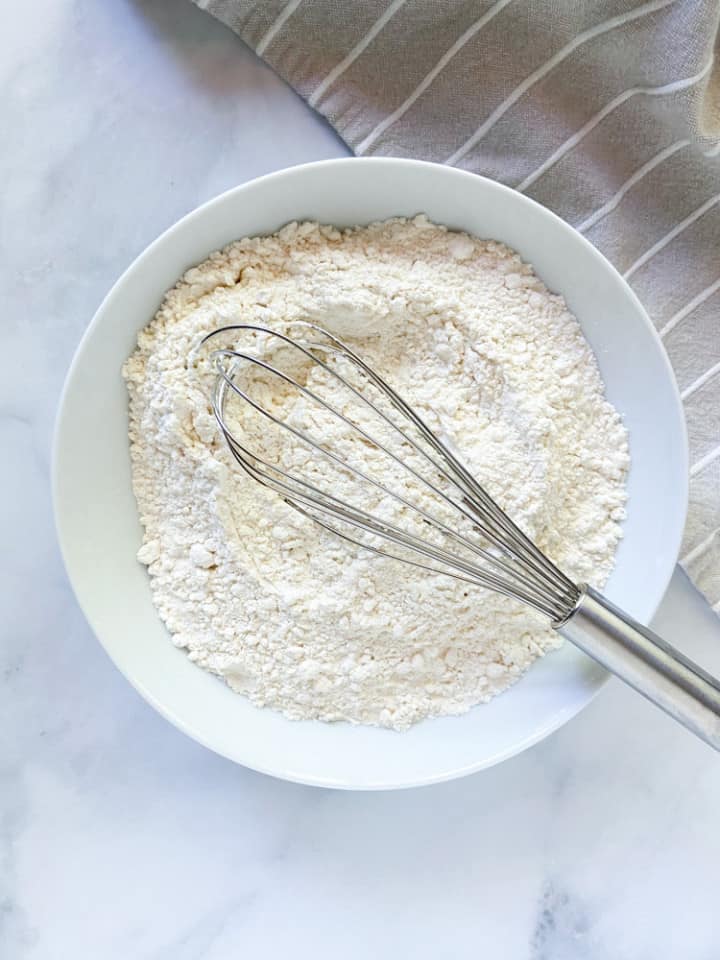
Frequently Asked Questions
No, treated flour is safe to eat. It is bleached using food-safe additives. What needs to be known, however, is that it undertakes more "chemical involvement" than untreated flour.
Bleached flour is harmful to sourdough starters and any form of yeasted dough. The chemically altered grain has the potential to kill the yeast and inhibit a proper rise in yeasted dough.
The chemical treatment is designed to speed up the aging process. The bleaching procedure does not remove or kill bad bacteria, so you should still avoid ingesting raw dough as you would with untreated flour.
Can I Use Each Flour Interchangeably?
Ultimately, the choice to use either bleached or unbleached flour is up to you based on your personal preference, unless a recipe specifically calls for it. Bleached flour is treated with chemicals to increase the speed of the aging process. It has a brighter color and finer texture. Unbleached flour ages naturally and for a longer time. Because of this, it is often a little more expensive in price. It also has an off-white coloring and a tougher overall texture.
So, while interchangeable in use, the properties between these two types of flour can make them better to use for certain baked goods and recipes than others.
In short, regardless of which flour you use, your baked good will still be delicious either way. That said, each flour will provide its own unique texture and flavor profile that will be apparent when used in certain recipes. Only slight variations will be noticed.


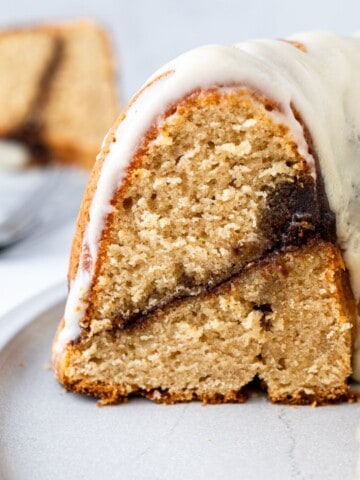
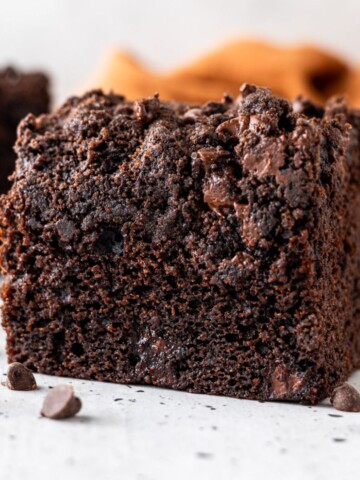
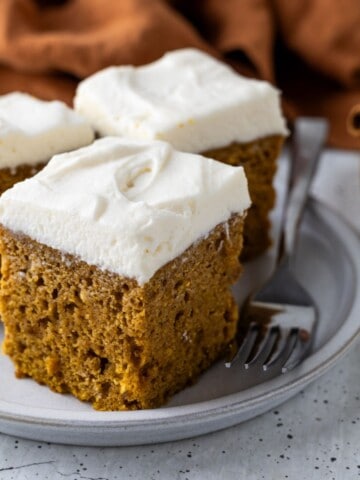

Comments
No Comments